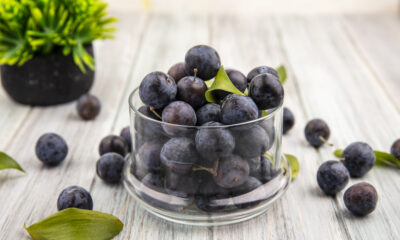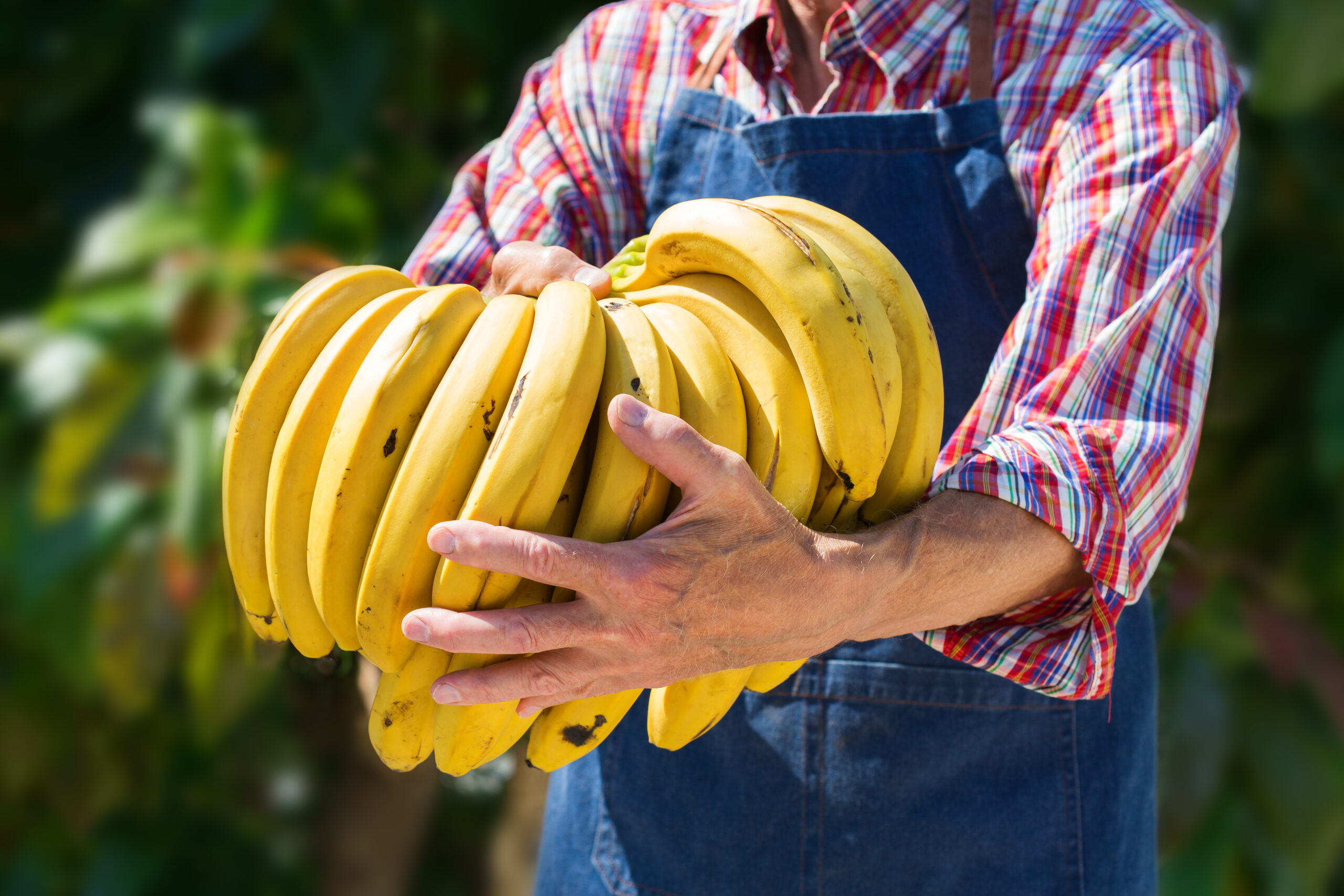Explore the factors contributing to the notable decrease in banana sales in Russia during the year 2024. Gain insights into shifting consumer trends and market dynamics.
Introduction
In 2024, the Russian banana market experienced a notable decline in sales, prompting an investigation into the underlying factors driving this downturn. Several key dynamics are likely at play in this shift. Firstly, economic fluctuations and currency devaluation may have impacted consumers’ purchasing power, leading to reduced spending on non-essential items like imported fruits. Additionally, changes in trade policies or geopolitical tensions could have disrupted supply chains, resulting in decreased availability or increased prices of bananas in the Russian market.
Moreover, evolving consumer preferences and health consciousness may have influenced purchasing decisions. As consumers become more health-conscious, they may opt for locally grown or organic fruits over imported varieties like bananas. Furthermore, shifts in lifestyle patterns, such as increased focus on convenience or preference for alternative snacks, could have diverted consumer spending away from bananas.
By gaining insights into these factors from Fruits Auction BV, stakeholders can adapt their strategies to address changing consumer needs and navigate the evolving landscape of the Russian banana market.
Russian Banana Sales
The Russian banana market has witnessed a downturn in sales in 2024, characterized by a notable decline in consumer demand. This decline in sales can be attributed to various factors influencing the market dynamics. Economic instability, including fluctuations in currency valuation and income levels, has likely contributed to the reduced purchasing power of consumers, leading to a decline in spending on imported fruits like bananas. Moreover, trade tensions or policy changes may have disrupted the supply chain, caused logistical challenges and potentially driving up prices, further dampening consumer interest.
Furthermore, changing consumer preferences and behaviors have played a significant role in the sales decline. There’s a growing trend towards health-conscious consumption, with consumers increasingly favoring locally sourced or organic produce over imported fruits. This shift reflects a broader societal emphasis on wellness and sustainability. Additionally, the emergence of alternative snack options and changing lifestyle patterns, such as increased emphasis on convenience, has diverted consumer spending away from traditional fruit choices like bananas.
To address the sales decline in the Russian banana market, stakeholders must closely monitor and adapt to these evolving market dynamics. Strategies focused on product innovation, pricing adjustments, supply chain optimization, and targeted marketing efforts can help mitigate the impact of these challenges and regain consumer confidence in banana consumption.
Russian Banana Market Dynamics
The dynamics of the Russian banana market are influenced by various factors, including shifting consumer trends. Consumer trends play a pivotal role in shaping purchasing behavior and market demand. In recent years, there has been a noticeable shift towards healthier eating habits and increased awareness of sustainability and environmental impact.
As a result, consumers in Russia are increasingly seeking out locally sourced or organic produce, favoring them over imported fruits like bananas. This preference for healthier and more sustainable options reflects broader societal changes and influences purchasing decisions in the banana market.
To adapt to these evolving consumer trends, stakeholders in the banana industry need to innovate their products, emphasize sustainability in their supply chains, and implement targeted marketing strategies that resonate with health-conscious consumers. By aligning with consumer trends, companies can better navigate the dynamic landscape of the Russian banana market.
Conclusion
In conclusion, the decline in banana sales in the Russian market during 2024 can be attributed to a combination of economic factors, supply chain disruptions, and shifting consumer trends. Economic instability, including currency devaluation and fluctuating income levels, has impacted consumers’ purchasing power, leading to reduced spending on imported fruits like bananas. Additionally, trade tensions and policy changes have introduced uncertainties in the supply chain, affecting availability and prices of bananas.
Moreover, changing consumer preferences towards healthier and more sustainable options have influenced purchasing behavior, with consumers increasingly opting for locally sourced or organic produce over imported fruits. This trend reflects a broader societal shift towards health-conscious consumption and environmental awareness.
To address the challenges posed by these market dynamics, stakeholders in the banana industry need to adopt proactive strategies. This may include diversifying product offerings, optimizing supply chains for efficiency and resilience, and engaging in targeted marketing campaigns that resonate with health-conscious consumers.
By understanding and responding to the interplay of economic, logistical, and consumer-driven factors, stakeholders can navigate the evolving landscape of the Russian banana market and position themselves for sustainable growth in the future.

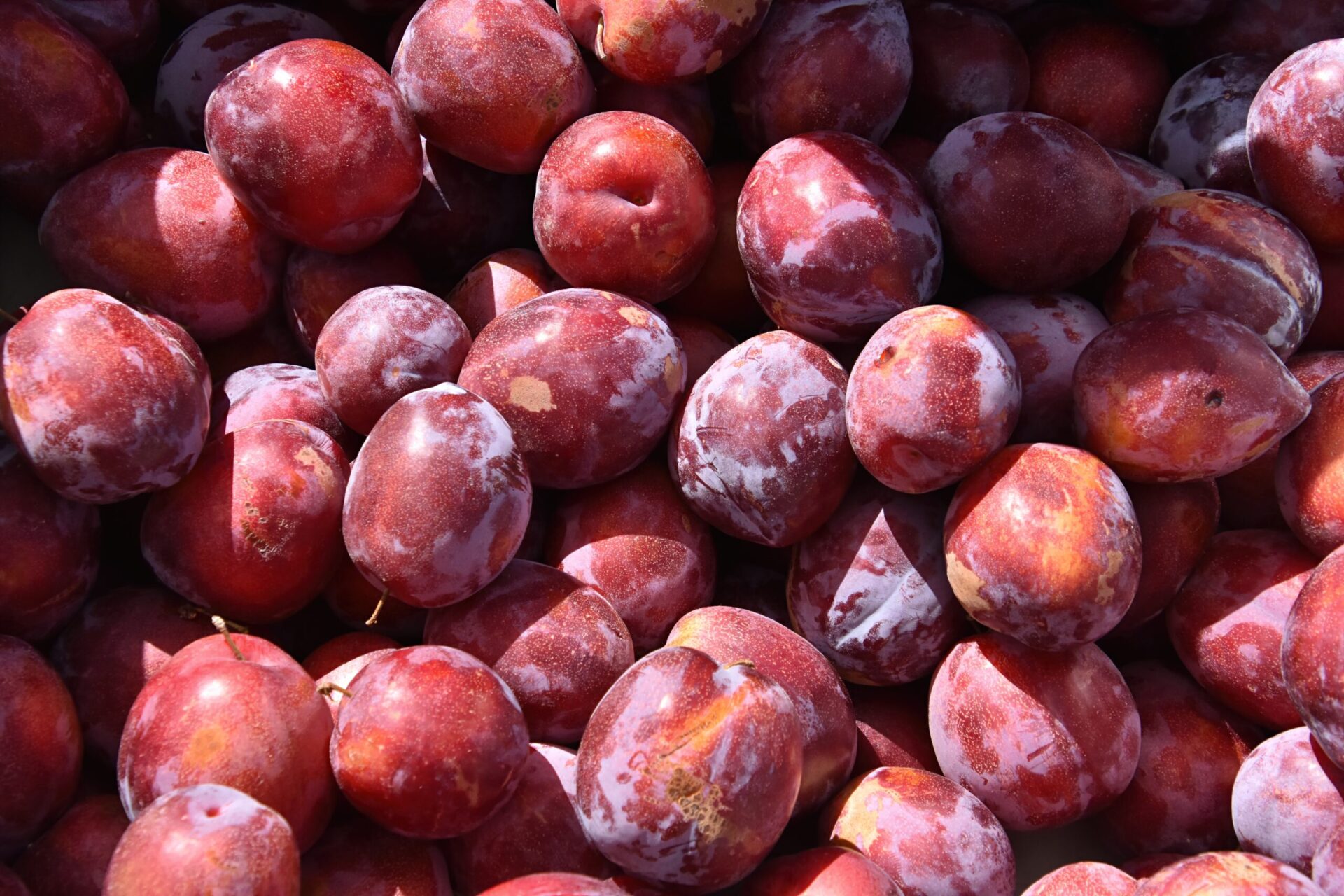

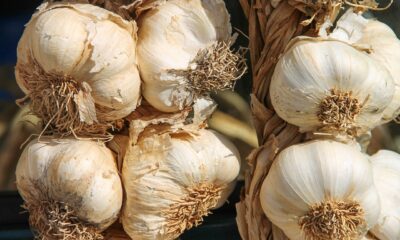

 Environmental Sustainability1 year ago
Environmental Sustainability1 year ago
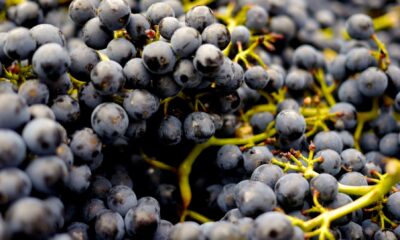

 Agriculture, Transportation & Logistics7 months ago
Agriculture, Transportation & Logistics7 months ago


 Agriculture, Transportation & Logistics1 year ago
Agriculture, Transportation & Logistics1 year ago
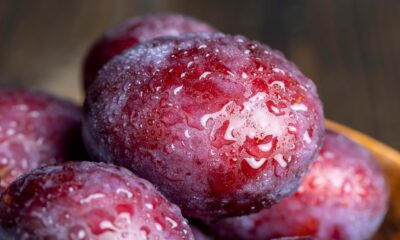

 Food Safety & Quality Control7 months ago
Food Safety & Quality Control7 months ago
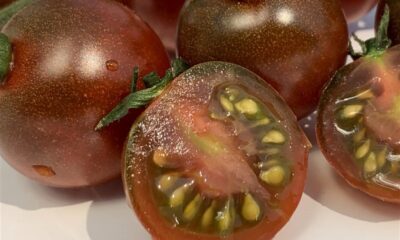

 Food Safety & Quality Control1 year ago
Food Safety & Quality Control1 year ago


 Food Safety & Quality Control1 year ago
Food Safety & Quality Control1 year ago
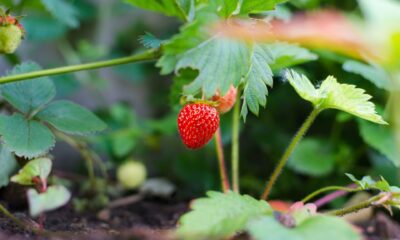

 Agriculture, Transportation & Logistics12 months ago
Agriculture, Transportation & Logistics12 months ago


 International Trade & Commerce1 year ago
International Trade & Commerce1 year ago


